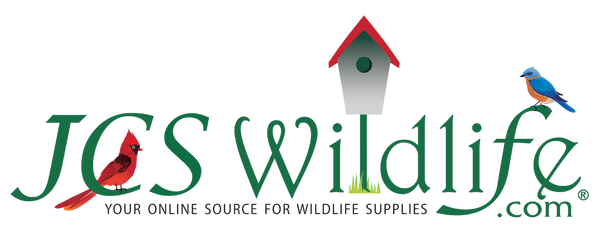Over the years we have provided a lot of tips and tricks so that you can get the most out of your bird feeding experience. Here we have gathered all of that information in one 4-part series. This information is helpful for both the seasoned birder and the beginner, and takes you through the feeding process from start to finish.
Now that you have your bird feeder, you need to fill it with something. The best choice is to select food that will attract the types of birds you want to see and that will work in your feeder. Quality suet cakes packed with nutrients are great for Woodpeckers and clinging birds, but they work best in a suet bird feeder. Seed blends are great for attracting a large variety of birds, but discount brands are often full of “fillers” that increase waste and decrease the amount of time a bird will spend at the feeder. For more about different types of food to offer your fine feathered friends, check out this article.
Quality does count when selecting food for your feeder.
- Look for suet where you can see the ingredients in the cake, such as nuts, berries, or mealworms.
- Read ingredient labels on the seed you purchase. The more there is of an ingredient, the higher on the list it appears. Red or golden millet, flax, and oats should be low on the list or not listed at all.
- Consider live mealworms for your Bluebird feeder or hulled black oil sunflower seeds or peanut chunks for popular, established feeders that are emptied within a day or two. These types of feed do go rancid faster, but leave little to no waste, and are extremely healthy for birds.
- Mix nectar for Oriole, butterfly, or Hummingbird feeders in the correct quantities. The ratio is 1 part table sugar ( never use sweeteners or sugar substitutes, honey, molasses, brown sugar, etc) to 4 parts water for Hummingbirds and butterflies, and 1 part sugar to 6 parts water for Orioles. Nectar should be discarded after about 4 days in cooler weather and 2 days in warmer weather or if it appears cloudy. Check out our super cool Hummingbird Infographic here!
Quality food for all types of feeders may be found at JCs Wildlife.




